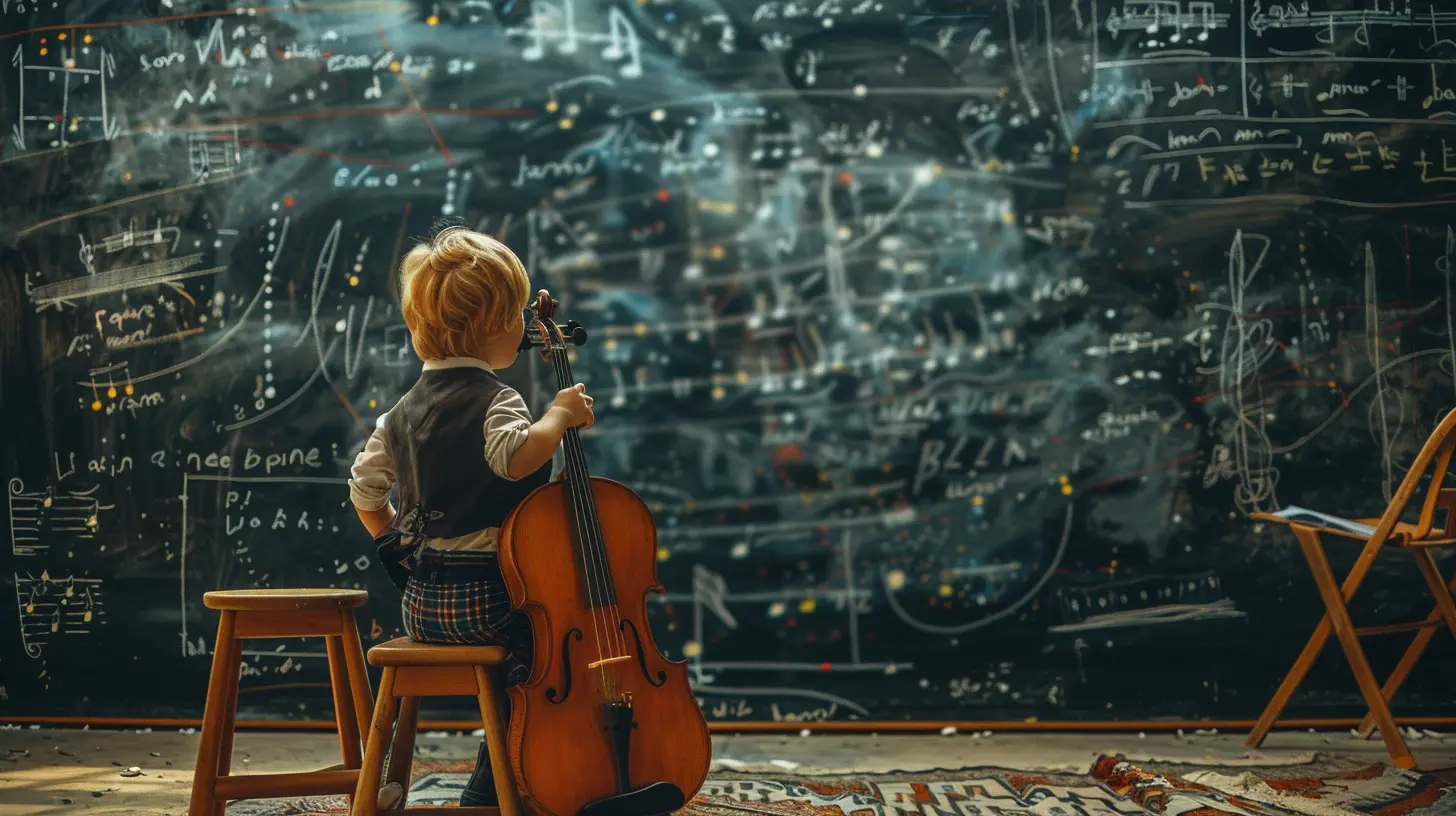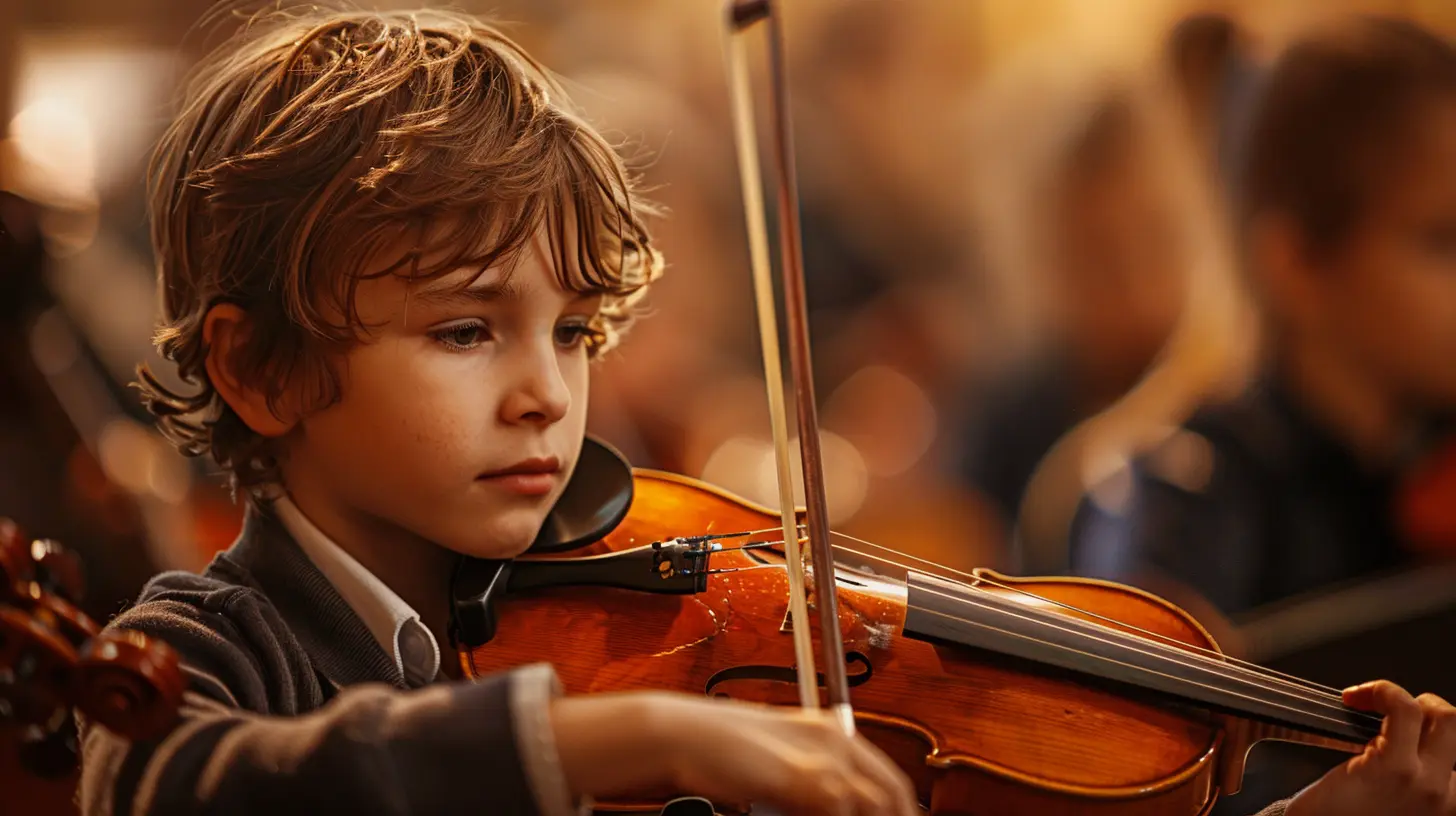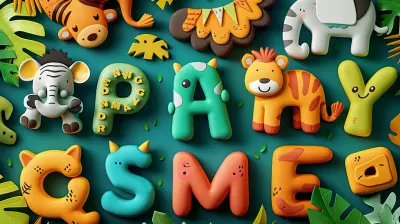31 December 2024
If you've ever wondered how two seemingly different disciplines like music and mathematics could possibly be related, you're not alone. At first glance, the world of melodies, rhythms, and harmonies seems worlds apart from the logical, structured universe of numbers and equations. But here's the thing—music and math share a deeper connection than most of us realize. They are not just two subjects you might learn in school; they are different languages that express patterns, structures, and relationships.
In this article, we will explore the fascinating relationship between music and mathematics, and how this synergy can be harnessed to enhance learning. Whether you're a student, teacher, or simply someone curious about the intersection of these two worlds, buckle up for a journey where numbers meet notes, and logic dances with rhythm.
The Mathematical Foundations of Music
Rhythm and Time Signatures
Let’s start with the basics—rhythm. Whether you’re tapping your foot to a pop song or trying to keep up with a complex jazz beat, rhythm is nothing more than the division of time into equal parts. And guess what? That's math in action!In music, time signatures like 4/4 or 3/4 dictate how many beats are in each measure, and each beat is further broken down into smaller units, such as eighth notes or sixteenth notes. Think about it: when you're counting beats or dividing them into smaller parts, you're essentially doing fractions!
For example, in a 4/4 time signature, there are four beats per measure, and each quarter note gets one beat. If you split that quarter note into two, you get two eighth notes. Divide it further, and voilà—sixteenth notes! This process of division mirrors mathematical concepts like fractions and ratios.
Frequency and Pitch
Now let's move on to pitch, which is another area where music and math intersect. Have you ever noticed how a piano's keys sound higher or lower as you move up or down the keyboard? That’s because each note corresponds to a specific frequency, measured in Hertz (Hz).The relationship between different pitches is mathematical. For instance, if you play an A note at 440 Hz, the corresponding A an octave higher will have a frequency of 880 Hz—exactly double! This doubling of frequency when moving from one octave to another is a perfect example of exponential growth, a concept often explored in math.
In fact, the entire musical scale is built on ratios. The interval between notes in a major scale, for instance, follows a precise pattern of whole steps and half steps, which can be described mathematically. The relationship between notes and frequencies is so exact that it allows musicians to tune instruments and create harmonies that sound pleasing to the human ear.
Patterns and Symmetry in Music
Ever noticed how some songs stick in your head? A catchy chorus, a repetitive beat, or a familiar melody—these all rely on patterns. And where there are patterns, there is math. Music is full of symmetry, whether it’s the repeated structure of a song or the cyclical patterns in various musical forms, such as sonata form in classical music.In fact, many musical compositions are based on geometric or mathematical patterns. Take Bach for example. Many of his works are built on intricate mathematical structures, such as fugues and canons, where melodies are repeated in different pitches or inverted. The beauty of these compositions lies in their symmetry and balance, akin to a well-crafted mathematical proof.
How Music Helps Improve Math Skills
Now that we’ve established the deep ties between music and mathematics, let’s talk about how engaging with music can improve your math skills.Boosting Spatial-Temporal Skills
Studies have shown that learning music helps boost spatial-temporal reasoning, which is the ability to visualize spatial patterns and understand how they relate over time. This skill is also crucial in solving math problems, especially in areas like geometry, algebra, and calculus. Think of it as your brain’s ability to "see" how different parts of a problem fit together, just like how a composer might visualize how different sections of a symphony interact.In fact, researchers have found that children who receive musical training tend to perform better in spatial-temporal tasks than those who do not. This improvement translates directly into better performance in subjects like math and science.
Enhancing Memory and Cognitive Function
Music also enhances memory, another critical skill for math proficiency. When you learn an instrument, you are constantly memorizing scales, chords, and pieces of music. This process strengthens your working memory, which is essential when solving complex math problems that require you to hold multiple steps in your head at once.Moreover, playing music involves activating multiple parts of the brain simultaneously. You’re reading notes, translating them into finger movements, and listening to the sound—all while keeping time! This multi-tasking boosts cognitive function and improves your brain's ability to process information, much like solving an intricate math problem.
The Mozart Effect: Myth or Reality?
You might have heard of the "Mozart Effect," a theory suggesting that listening to classical music can make you smarter, particularly in math. While the original claim has been exaggerated over the years, there is some truth to the idea that listening to music—especially classical music—can improve concentration and focus, which are essential for excelling in math.The real takeaway here is that music, whether you’re playing it or listening to it, has a profound effect on your brain. It helps to organize your thoughts, enhance pattern recognition, and improve problem-solving skills—all of which are indispensable when tackling math.
Teaching Math Through Music: A Perfect Pair
Given the strong relationship between math and music, it makes sense to combine them in education. But how can teachers effectively integrate these subjects to maximize learning?Using Music to Teach Fractions
One of the most straightforward ways to connect music and math is through fractions. As mentioned earlier, note values in music represent different fractions of time. Quarter notes, half notes, and whole notes can be used to visually and aurally demonstrate how fractions work in real time.Teachers can have students clap out rhythms or play simple melodies while discussing how the different note values correspond to fractions. For example, a half note is twice as long as a quarter note, which can help students understand the concept of 1/2 and 1/4 in a practical, engaging way.
Exploring Ratios with Musical Intervals
Ratios are another area where music can make math more tangible. Teachers can use musical intervals—the difference in pitch between two notes—to explain mathematical ratios. For instance, an octave represents a 2:1 ratio, while a perfect fifth corresponds to a 3:2 ratio.By playing different intervals on a piano or another instrument, students can hear the ratios in action, making abstract concepts more concrete. They can then apply this understanding to solve ratio problems in math class.
Music Games for Learning Math Concepts
There are plenty of educational games that combine music and math. Whether it’s online apps or classroom activities, these games make learning math fun by incorporating musical elements. For instance, students can solve math problems to unlock parts of a song or complete a rhythm challenge that reinforces math skills.Not only do these activities engage students, but they also help to reinforce the idea that math and music are interconnected, making the learning process more holistic and enjoyable.
Wrapping Up: A Harmonious Relationship
At the end of the day, music and mathematics aren't just subjects you study in isolation—they are part of a larger, interconnected world of patterns and relationships. Whether you're tapping out a rhythm, calculating a frequency, or solving a complex equation, you're engaging with the same underlying principles.For students and educators alike, recognizing the link between music and math can open up new avenues for learning and understanding. So, the next time you're stuck on a tricky math problem, take a break and listen to some music. Who knows? You might just find the answer in the harmony of a perfect chord or the rhythm of a catchy beat.












Ella Phillips
This article beautifully highlights the synergy between music and mathematics. It's inspiring to see how these two fields can enhance learning experiences, making education engaging and relatable for students. Great insights!
February 8, 2025 at 1:16 PM